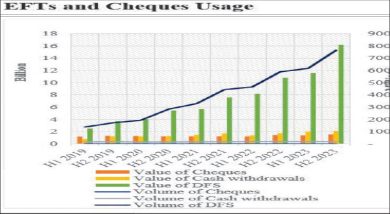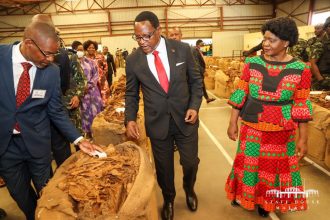More Malawians fail to access basic needs
More Malawians run short of money to cover expenses for food and other basic needs, the Reserve Bank of Malawi (RBM) has said.
The RBM Baseline Financial Literacy and Consumer Protection Household Survey released this month indicates that most Malawians run short of money because their incomes are insufficient while other have fluctuating incomes that force them to borrow from family and friends.

But analysts, including the Centre for Social Concern (CfSC), have pointed out that most Malawians are unable to meet their basic needs due to poor incomes and the rising cost of living.
CfSC, in a press statement released earlier this month, said it is troubled that after all years of self-governance, Malawians are still struggling to meet even the basic needs that a human being requires for survival and to live a dignified life.
The statement noted that at 50, the country’s social and macroeconomic situation still tells a story of poverty—one that portrays Malawi as a poor country when measured by almost all development indicators.
A salary survey conducted this year by the Lilongwe faith-based organisation showed that domestic workers earned a minimum wage of K3 000 and a maximum of K22 000 per month, guards received between K7 000 and K20 000 per month while general workers carted between K5 000 and K64 000 per month.
However, basic needs according to the centre’s Basic Needs Basket (BNB) for May stood at an average of K120 000 in the country’s four cities for a household of six.
Due to the differences in incomes and basic needs requirements, the government in January this year raised the statutory minimum wage by about 74 percent from K317 to K551 per day—about K15 000 per month for a six-day working week.





